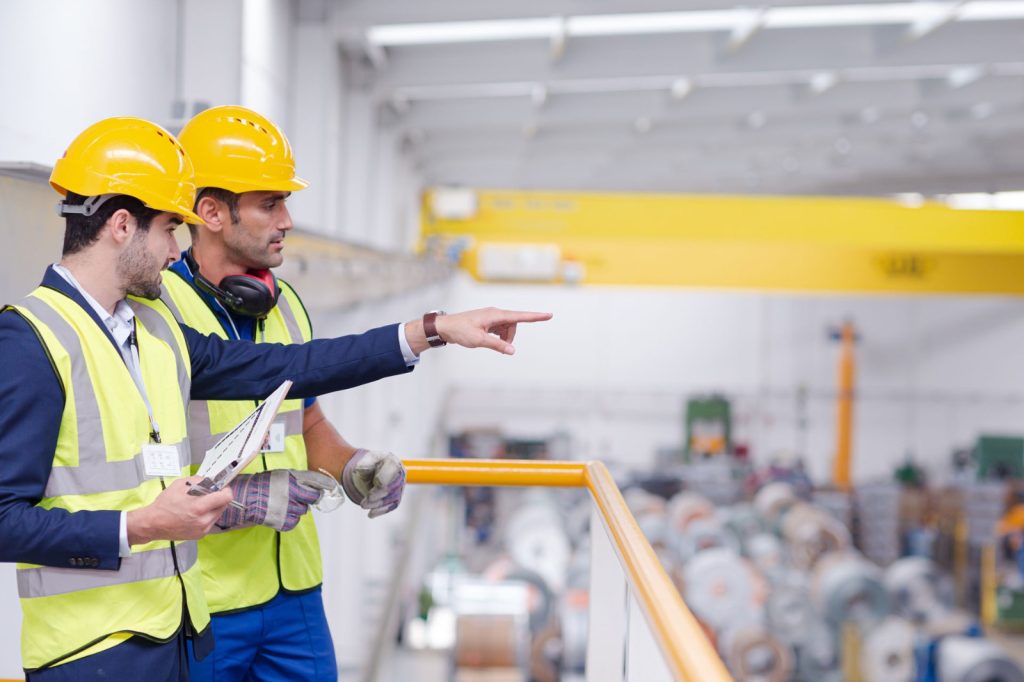As technology continues to advance, the integration of artificial intelligence (AI) in workplace safety has become a game-changer. One of the most exciting developments is AI-driven environmental monitoring, which is helping businesses create safer and more efficient work environments. As a Park City Workplace Safety Consultant, leveraging this cutting-edge technology has provided new opportunities to enhance workplace safety, improve compliance, and ensure long-term well-being for employees. This article highlights my experience in implementing AI-driven environmental monitoring and the invaluable role it plays in the safety strategies of an Occupational Health Consultant.
How AI-Driven Environmental Monitoring Works in the Workplace
AI-driven environmental monitoring uses smart sensors, data analytics, and machine learning to track various environmental factors in real time. These factors could include air quality, temperature, humidity, noise levels, lighting, and even chemical exposure. For an Occupational Health Consultant, the ability to access such real-time data is crucial for assessing risks and ensuring the workplace remains safe and conducive to productivity.
As a Park City Workplace Safety Consultant, I have seen firsthand how AI technologies transform traditional monitoring systems. These systems go beyond basic readings and begin to predict potential hazards, allowing safety professionals to intervene before an issue escalates. For example, sensors can detect a drop in air quality due to poor ventilation or an increase in hazardous chemical concentrations, alerting the safety team instantly so corrective action can be taken.
Benefits of AI-Driven Environmental Monitoring in Workplace Safety
The benefits of AI-driven environmental monitoring are numerous, particularly when implemented under the guidance of an Occupational Health Consultant. One of the primary advantages is the ability to monitor and analyze vast amounts of data continuously. In traditional monitoring systems, manual checks could lead to delays and missed opportunities to address potential hazards. However, with AI, data is collected in real time, and any deviation from the acceptable range triggers immediate alerts.
As a Park City Workplace Safety Consultant, this allows for proactive safety management, where problems are detected early and addressed before they become significant issues. For example, AI can detect patterns of air quality degradation over time, which can then be corrected with adjustments to the HVAC system. This predictive capability is invaluable for preventing workplace injuries and illnesses, particularly in environments with high-risk factors like manufacturing or construction sites.
The Role of an Occupational Health Consultant in Implementing AI Technology
An Occupational Health Consultant plays a pivotal role in implementing and managing AI-driven environmental monitoring systems. While the technology itself is impressive, it’s the expert guidance from an Occupational Health Consultant that ensures the system is set up and used effectively. This includes defining the parameters for safe environmental conditions, selecting the appropriate sensors, and integrating the AI system with existing workplace safety protocols.
In Park City, where businesses range from outdoor recreation companies to tech startups, a Park City Workplace Safety Consultant has to tailor the AI-driven environmental monitoring systems to meet specific local and industry needs. For example, in a construction setting, monitoring noise and particulate matter levels is critical, while in an office environment, ensuring optimal lighting and air quality may be the priority. The Occupational Health Consultant ensures that the system is aligned with industry regulations and that the data collected is actionable.

Real-Time Alerts and Immediate Response Capabilities
One of the most remarkable aspects of AI-driven environmental monitoring is its ability to provide real-time alerts. As a Park City Workplace Safety Consultant, I have seen how this feature drastically improves workplace safety by enabling immediate responses to potential hazards. Whether it’s a sudden spike in noise levels, a change in temperature, or an increase in exposure to harmful gases, the system triggers alerts that are sent directly to safety managers and employees.
This real-time feedback loop empowers the Occupational Health Consultant to quickly assess the situation and take action, reducing the chances of accidents or health-related issues. Employees can also be informed of safety changes instantly, allowing them to adjust their behavior accordingly. The ability to respond in real-time is especially important in high-risk industries, where exposure to environmental hazards can lead to serious health issues or accidents.
Future of AI-Driven Environmental Monitoring in Workplace Safety
Looking ahead, the role of AI-driven environmental monitoring in workplace safety will only continue to grow. As a Park City Workplace Safety Consultant, I am excited about the potential for further innovations, such as the integration of wearables with AI systems. This could allow for even more personalized safety monitoring, where employees’ environmental exposure is tracked and analyzed individually, ensuring that no one is at risk.
For an Occupational Health Consultant, staying ahead of the curve with these technologies will be crucial for providing the highest level of care and safety. Additionally, as AI technologies continue to evolve, they will likely become more accessible and affordable, allowing businesses of all sizes to implement advanced environmental monitoring systems.
Conclusion
AI-driven environmental monitoring has revolutionized workplace safety by providing real-time, actionable data that can prevent injuries, illness, and damage. As a Park City Workplace Safety Consultant, I have witnessed firsthand how these systems empower businesses to take a more proactive approach to environmental health and safety. By working alongside an Occupational Health Consultant, companies can ensure that AI-driven tools are used effectively to create safer, healthier, and more efficient work environments for employees.
With the continued advancements in AI, the future of workplace safety looks brighter than ever, with the promise of more intelligent systems that anticipate risks and provide timely solutions. The integration of AI-driven environmental monitoring into safety strategies is not just a trend; it’s the future of workplace safety.


